An interesting comment appeared a week or so ago on a older post about Beverley Pick.
He was a man. Bless him… He was my uncle and a very clever man..He also did the original Moby Dick… Beverley was originally from Austria and lived many years in Sunningdale during the winter. Autumn he would visit his House in Cork and in his latter years he and his wife would live in France where they had a gorgeous home. He is now buried in the Churchyard at Sunningdale. There was so much to this man we will never know it all…
I’ve written to Odile Walker, who posted those intriguing memories, and I hope she’ll come back and tell us more. But in the meantime, one thing that I never knew stands out. Despite his British-sounding name, Beverley Pick was an emigré from Austria.

Beverley Pick, WW2 poster
Now, I’ve been thinking for a while about the degree to which post-war British graphic design was shaped by people who were one way or another foreigners. There are so many of them that it would be hard not to really. But finding that this is also true for Beverley Pick has pushed me into action.
So here is a roll call of as many emigré designers as I can think of who worked in the UK in the decade or so after the war. It’s an impressive selection. With, for no particular reason other than that’s the way it turned out, lots of GPO posters as examples.
Andre Amstutz
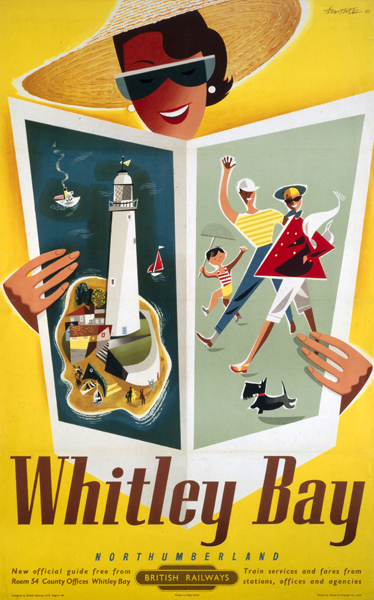
British Railways, 1954
Dorrit Dekk
Arpad Elfer
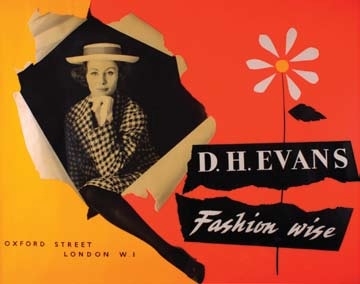
D H Evans, 1954
Abram Games
F H K Henrion
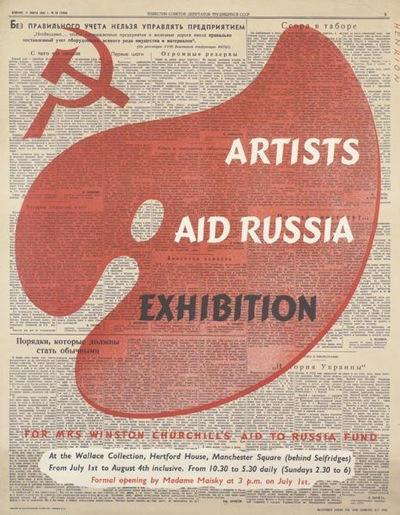
1942
H A Rothholz
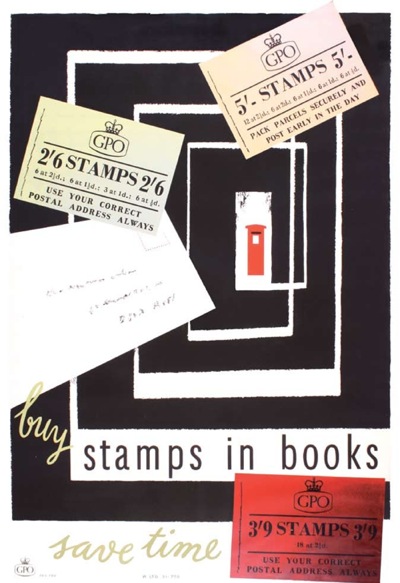
GPO, 1955
Pieter Huveneers
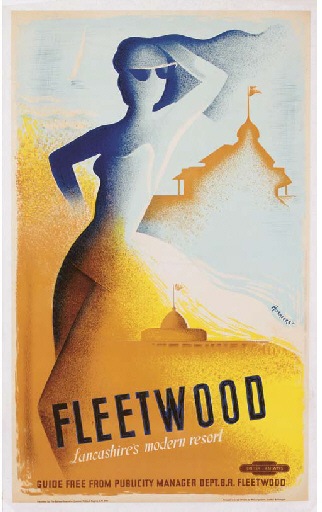
British Railways, 1950
Karo
Heinz Kurth
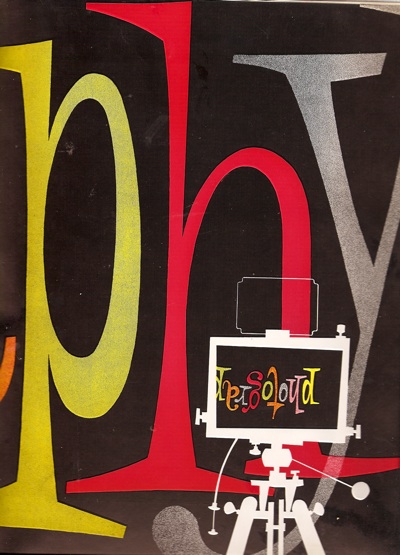
Artist Partners
Lewitt-Him
Manfred Reiss
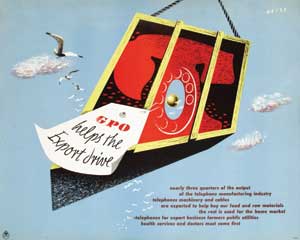
GPO, 1950
Hans Schleger
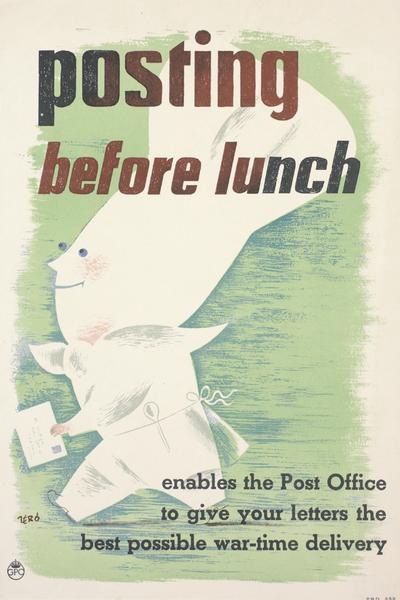
GPO, 1941
Hans Unger
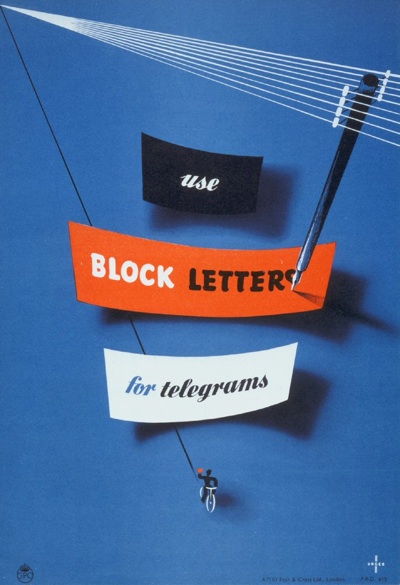
GPO, 1951
Together they make up pretty much half the content of this blog most months. And I am sure that there are plenty more I have left out – please feel free to remind me who they are.
That’s all I am going to say for now, partly because this is quite long enough as it is, but also because I am in the process of working out what the story might be. So if you have any thoughts on why British design became such an emigré profession, I’d love to hear those too.
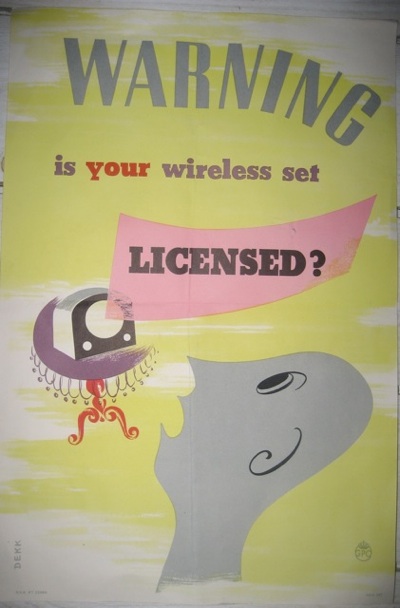
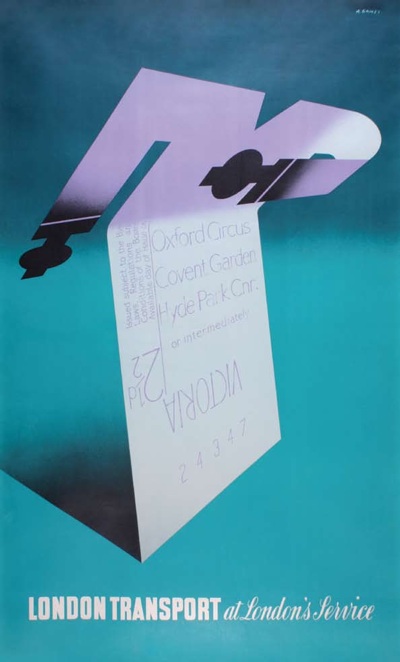

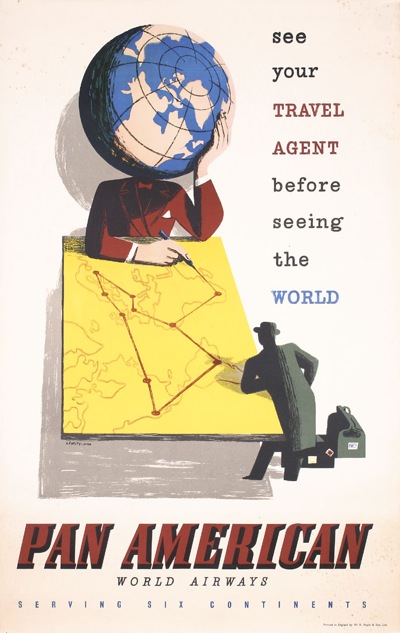
This is worth a look if you can get access:
ROBIN KINROSS
Emigré Graphic Designers in Britain: Around the Second World War and Afterwards
http://jdh.oxfordjournals.org/content/3/1/35.citation
Joyously and inexplicably it has let me have the whole thing, so thank you very much for that. It looks very interesting, and I’ll take a good look at it before I start working up part two of this…
I don’t know whether I can add much to this except to draw your attention to the fact that, until after WW2, art and design were not really part of the elementary or secondary school provision in Britain.
Even today, our best schools hardly ever consider sending students to art school (even to those with University status). Therefore, they still don’t promote these career paths.
In the circumstances, a career in art and design was not a mainstream choice until much later.
You may have noticed a group of artists and designers whose vocations were formed as the consequence of long childhood illnesses. They simply learnt to draw as a form of occupational therapy and took it from there.
That’s a good point – would be interesting to read the biographies of those who turned designer and find out how they slipped through the net. When I posted the biog of Denis Constanduros last year, I remember that he was never schooled and instead had private tutors. I’ll have a look.
The childhood illness thing is interesting, and something I’ve thought about as well. But I think it is true of more than just designers, I’ve noticed that writers and musicians often mention it too. Perhaps antibiotics, while useful, are robbing us of a little bit of creativity?
Just to let you know Abram Games was born in Whitechapel; the son of emigres.
Hello Naomi, thanks for the comment, and apologies for that not being clear enough in the post. I’d love to know where he felt his modernism came from?
Denis Constanduros was my grandfather and its been very pleasing to read some of your older posts praising his designs. My mum knows more than me about his work for Shell. She’s seen your lovely website and may well email you to say hello.
It’s very good to hear from you – and I look forward to hearing from her too if she does decide to get in contact!
Leeds College of Art was running a specific Graphic Design course in 1963, a course that I began, but didn’t complete. It was very rigorous. The entrance exam included designing a poster. There was no shortage of entrants.
That’s really interesting, as it must have been among the first, prohahly along with the London College of Printing. I will try and find out more one of these days…
Hi,
could you help me finding dates for Beverley Pick? When (or about when) he was born in Austria and when he died in Sunningdale? [I am an art historian writing from an Heritage office in Italy]
Hello Lucia,
Beverley Pick was actually born in 1916 in Arnhem in Holland, although his mother was Austrian. He died in 1995 or 6. Hope that helps.
Dear Lucia
My name is Edward, Im Beverly only grandson
I available if you need additional information
Best regards
Edward
brown_edward2000@yahoo.co.uk